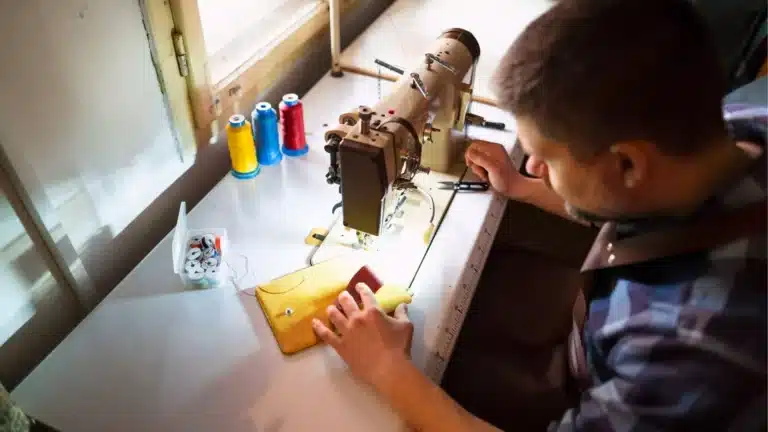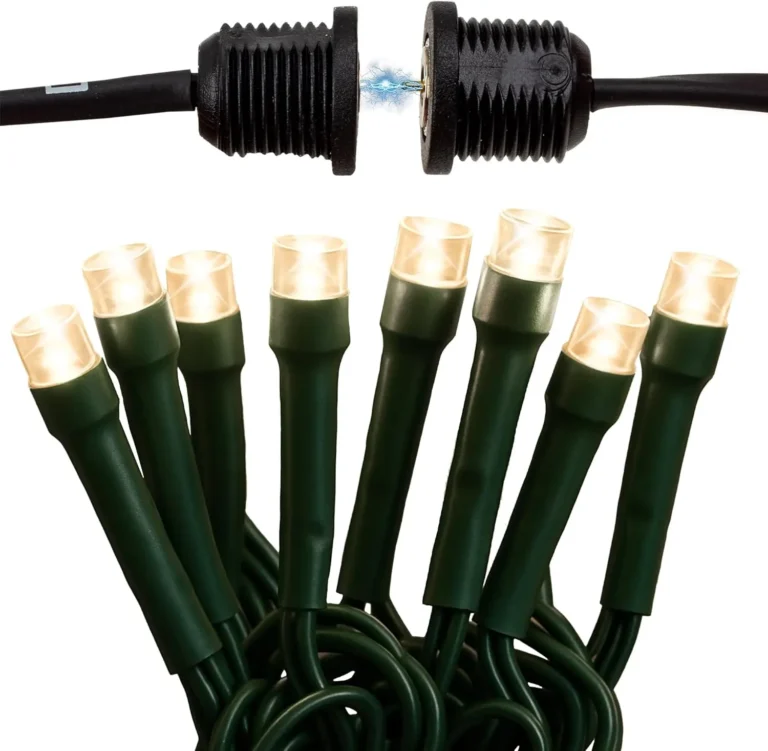Is my product in demand? Are my products profitable? Is anyone really going to buy this? These are just a few questions companies ask themselves when determining what products to sell to their customers. Exploring your options is the first step. If you’re experiencing burn out from brainstorming sessions trying to decide on a product or products that will give your consumers what they’re asking for, this article will give you the break you need.

What Is Product Differentiation?
Product differentiation is the characteristic or characteristics that make your product or service stand out to your target audience. We believe that determining what products to sell starts with inspiration in the design room, but the product itself should have the ability to inspire your consumers as well. What makes your product different from your competitors? It may seem like your idea has “already been done,” but if there is a feature or service your product offers that no one else has, your product has the ability to be a standout in the market!
How to Create a Product to Sell
Turning the things that we imagine into reality can be a trying task, but it can start with simply jotting down, or sketching an idea on a piece of paper or even a napkin. Design sketching can help you iron out the kinks and flaws within your design. It can also help you narrow down the functionality. Relieving pain points for your customers is one of the best ways to not only generate loyalty to your brand, but when you consider this during the sketching stages of your product, the users will find the product to be the best on the market, and ultimately what’s best for them.
Design sketches push product innovation and make you take into account your own expertise. Users want to find the product produced by someone who’s experienced in that particular industry. Your education or years of experience wasn’t for nothing. When thinking of how to create a product to sell, your knowledge can be a differentiator. This even includes hobbies. For example, wrestling is one of the world’s oldest sports. If you have actual experience in the sport and wanted to create products for it like one of our clients did, you’re more likely to create products that those involved in the sport want to use. People could consider you more trustworthy since you have a passion and experience within the sport itself. When planning products to sell, how to create a product to sell and why you more specifically should be creating it, is a huge part of the design process.

The Reviews are In
When considering how to create products to sell, investigate what your targeted audience is saying about the current products on the market. Look at this as feedback for your own product, and plan to make something even better. Pointing out complaints that your potential customers have with your competitors’ products can help to determine how to create your product and what to sell online by using your customer’s “wishlist” of sorts as a guide.
What to Sell Online
There’s a great, big, worldwide web out there filled with competition. In 2022, retail e-commerce sales were predicted to exceed 5.7 trillion U.S. dollars worldwide, and this figure is expected to grow even more as people gain more access to the internet in the coming years. Platforms like Amazon have dominated the marketplace. They are making it an easy place for your customers to find the product you want to sell online. As a matter of fact, Amazon FBA (Fulfillment by Amazon) sellers are one of the largest segments we work with to help determine what to sell online, and assist in sufficiently developing the new product all the way through the manufacturing stage. If your products (and brand) become attractive enough, you might even find yourself receiving offers from Amazon aggregators that can help grow your brand faster. The digital commerce platform, Alibaba.com, ranked second after Amazon among selected online companies operating in the retail, real estate, mobility, travel and hospitality sectors. The products that do best on e-commerce sites like these are products that don’t just attempt to be a good idea, but the solution to a problem your customers are looking to ease.
Commoditized Products vs. Niche Products
When determining what to sell online it helps to break down what category your product would fit in. Is it a mass market product (commoditized) or a niche product? Commoditized products are products that everyone uses on a daily basis. The plus side to selling products like these is that consumers usually buy these products in large quantities or at least buy these products frequently. Think of toothpaste as an example. The downside of commoditized products is that there is greater competition and there can be problems with differentiating your product from your competitors. The price of your commoditized products versus a larger competitor is really going to be a key determining factor for your buyers, along with providing better, more accessible customer service.
Niche products are products that are sold to a specific group of customers and these products are very much tailored to that group’s needs. One of the selling factors of niche products is their uniqueness and the sort of exclusivity they can generate. For example, BEATS by Dre, an audio brand that creates headphones, earphones, and speakers, might seem like a commoditized product since many people use and buy these sorts of products to listen to music. However, these particular products can go in the niche product category because they are marketed to musicians, producers, and other musicophiles because of the studio-like quality the products offer is what people within that particular group are looking for.

The World Is Ready for Products Like Yours
Don’t be discouraged by the seemingly great products on the market already. What you have to offer could be exactly what consumers are looking for. Find out more about product design and e-commerce selling, and know that you don’t have to go through this process alone with Gembah on your side.



